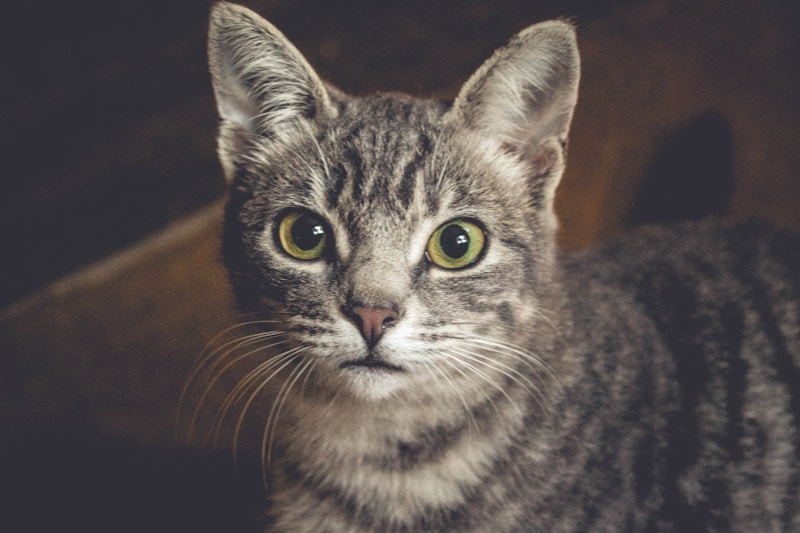Cats have captivated the human imagination for centuries. From their elegant movements to their enigmatic eyes, felines have sparked myths, inspired artists, and taken center stage in modern internet culture. While some admire them for their independence, others see them as mystical beings with a secret knowledge of the universe. In a world where dogs are often touted as man’s best friend, cats have carved out their own unique niche—both in our homes and in our hearts.
Let’s explore the allure of these mysterious creatures in this journey through feline fantasies.
The Ancient Allure of Cats
Our fascination with cats isn’t new—it dates back thousands of years. In Ancient Egypts, cats were revered as sacred animals. They were associated with Bastet, the goddess of home, fertility, and protection. Killing a cat, even accidentally, was a crime punishable by death. Egyptians mummified their feline companions and buried them with honors alongside their owners.
Other cultures also celebrated cats. In Norse mythology, the goddess Freyja rode a chariot pulled by two large cats. Japanese folklore introduced us to the maneki-neko—the beckoning cat believed to bring good fortune. These early associations of cats with gods, luck, and the mystical laid the foundation for the fascination that still exists today.
Cats as Symbols in Literature and Art
Felines have slinked their way into literature and the arts for centuries. From Edgar Allan Poe’s haunting tale The Black Cat to T.S. Eliot’s whimsical Old Possum’s Book of Practical Cats, writers have long been drawn to their complex, unpredictable nature.
Artists, too, have used cats as muses. Leonardo da Vinci once said, “The smallest feline is a masterpiece.” In art, cats can symbolize independence, femininity, mystery, or sensuality. Think of the seductive feline companions in Gustav Klimt’s paintings or the sly Cheshire Cat in Alice in Wonderland. These representations reinforce our perception of cats as creatures of magic and intrigue.
In contemporary media, cats continue to inspire. Anime, fantasy novels, and even superhero comics often feature powerful or magical cats. Think of Luna from Sailor Moon or the shape-shifting cat from Neil Gaiman’s Coraline. These characters are more than just pets—they’re guides, guardians, and sometimes tricksters, playing into age-old archetypes.
The Digital Domination of Cats
Fast forward to the 21st century, and cats have found a new kingdom to rule: the internet. From Grumpy Cat to Keyboard Cat, felines have become viral sensations and pop culture icons. Their expressions, quirks, and uncanny behavior are endlessly meme-able, earning them millions of fans across platforms like YouTube, Instagram, and TikTok.
But why cats? Part of it is their unpredictability—one moment aloof, the next doing something hilariously odd. They embody a certain “don’t care” attitude that resonates with a digital generation increasingly jaded by over-curated lifestyles. Whether it’s a kitten chasing its tail or a chonky tabby struggling to jump on a bed, cat content offers both humor and relatability.
Cats also fit well into the bite-sized format of online media. A 10-second video of a cat knocking a glass off the table is simple, funny, and endlessly shareable. In many ways, cats are the perfect stars for the age of attention economy.
The Psychology of Feline Fascination
Beyond history and humor, there’s a psychological depth to our love for cats. For many, cats represent a kind of idealized companion: low-maintenance yet affectionate, independent but capable of deep connection. Their behavior can be puzzling, even frustrating, but that only adds to their charm. We project fantasies onto them because they don’t reveal everything—they remain, in some essential way, unknowable.
Studies show that cat owners often describe their pets as having distinct personalities. One cat might be aloof and queenly, while another is clingy and playful. This range of personalities allows us to form emotional bonds in unique and meaningful ways.
In a chaotic world, cats offer a sense of calm. The soft purring of a cat has even been linked to reduced stress and anxiety. And for those who live alone or work remotely, having a feline friend can combat feelings of isolation. In this sense, our fascination isn’t just aesthetic or cultural—it’s deeply personal and emotional.
Conclusion
Feline fantasies aren’t just about mythical stories or viral videos. They reflect something deeper: our need to connect, to find beauty in mystery, and to explore the unknown. Whether lounging lazily on a windowsill or stalking shadows in the moonlight, cats remind us of a world just beyond the ordinary—where magic might still be real, and where curiosity doesn’t always kill the cat.
In the end, cats don’t just live in our homes—they live in our imaginations. And that’s where the fantasy begins.

